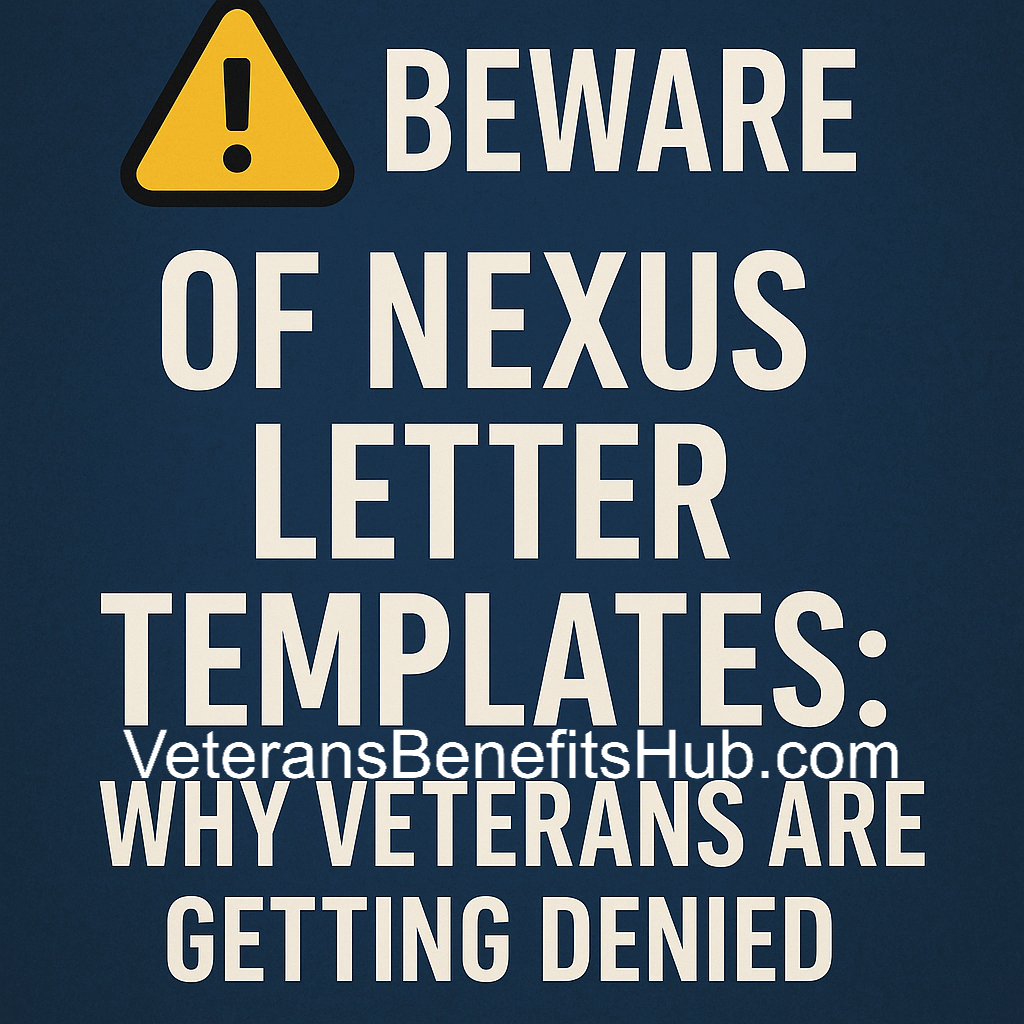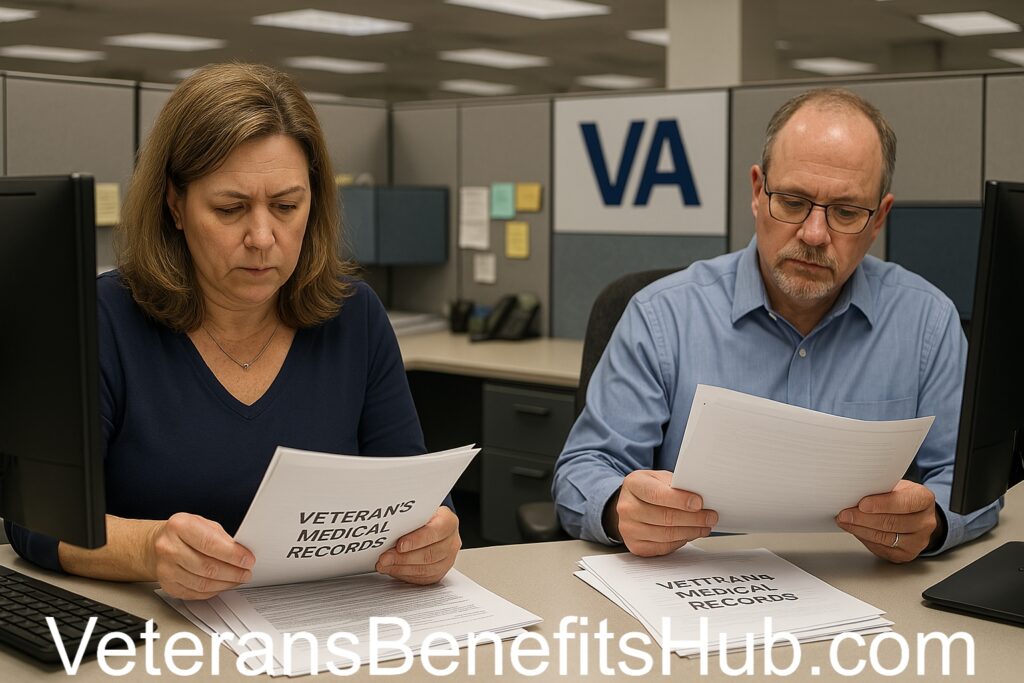Veterans Claiming Disability: Does the VA Spy on You?

If you’ve filed a disability claim—whether through Workers’ Comp, Social Security Disability, or the VA—it’s worth understanding this sobering truth: you may be under surveillance.
Sounds like something from a crime show, right? Unfortunately, it’s not fiction. Private investigators (PIs) are often hired by insurance companies or claims departments to verify whether a claimant’s reported restrictions align with their observed activities.
Why They Watch
Let’s face it—insurance companies don’t make money by paying claims. They profit by collecting premiums and minimizing payouts. So if your claim includes restrictions, say, a 10-pound lifting limit, there’s a real possibility that a PI might be monitoring your daily movements to catch any activity they can spin as inconsistent with your limitations.
Tactics Used by Private Investigators
Private investigators are methodical. They’ll often watch you for days—sometimes 10 hours a day or longer. Their job is to gather video evidence and create detailed surveillance reports that can be used against you.
Some of the common tactics include:
-
Video Surveillance: They’ll film you doing seemingly normal tasks—like carrying a grocery bag or walking your dog.
-
Screen Grabs: They’ll select the most incriminating freeze-frames from videos, sometimes exaggerating what you’re carrying.
-
Downplaying Context: They ignore factors like pain medication, recovery time, or the fact that what you’re carrying weighs far less than your limit.
-
Selective Timing: The report will only highlight the brief moments you’re active, disregarding the rest of your day when you’re resting or immobile.
One investigator followed a subject over three days. The subject was filmed carrying bags, walking dogs, and picking up a takeout order. In total? Just 11 minutes of video captured out of 72 hours of surveillance. Yet, that footage could be used to argue the claimant’s disability is exaggerated.
What a Real Surveillance Report Looks Like
Based on an actual redacted report (used with permission), here’s what a typical surveillance summary might contain:
-
Dates and Times: Investigators log exact hours, sometimes from 7 AM to 5 PM.
-
Physical Descriptions: They document what you look like, your car, license plate, and daily routines.
-
Observed Activity: Any movement, lifting, or interaction is recorded and described.
-
Video and Photos: Captured moments are included as evidence, regardless of context.
Even minimal or routine activity can be framed in a way that casts doubt on your claim.
Other Techniques Being Used
Some investigators go further:
-
Online Surveillance: They may scan your Facebook, check for professional licenses, hunting permits, concealed carry registrations, or even FAA licenses.
-
Data Mining: Investigators can also comb through public records and databases looking for inconsistencies with your claim.
Should Veterans Be Concerned?
While this particular report involved a Workers’ Compensation claim, similar surveillance has been used in VA disability cases. The extent of such surveillance varies by state and situation, but the possibility should not be overlooked.
Even if you’re not doing anything wrong, video footage can be misrepresented or misunderstood—especially if you’re seen carrying something “large,” even if it’s light or empty.
How to Protect Yourself
-
Stick to your restrictions at all times, even when you think no one is watching.
-
Document your own condition regularly. If you need pain relief or rest after an activity, write it down.
-
Be cautious on social media. Posts can be taken out of context and used against you.
-
Talk to your legal or VA representative if you think surveillance may be influencing your case.
Final Thoughts
Surveillance may not be as widespread in VA disability cases as it is in the private sector, but it’s still a tool that can be used to discredit you. The best defense is to remain consistent with your medical restrictions and always assume that someone could be watching.
Disclaimer:
The following article is based on personal opinions and experiences. It is not intended to serve as legal or professional advice. Your specific situation may vary. Always consult with a qualified attorney or representative regarding your VA or disability claim.
Have you or someone you know been followed or recorded during a disability claim? Let us know in the comments or reach out confidentially.








